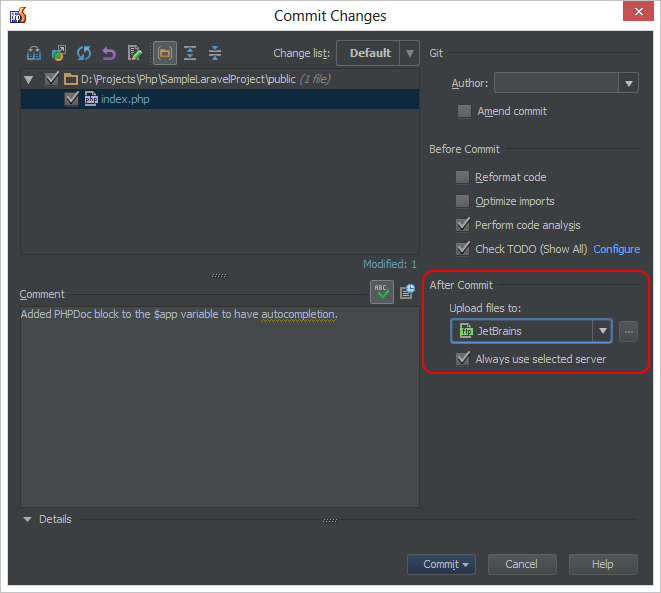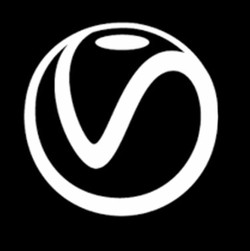
Specification ĭart released the 5th edition of its language specification on April 9, 2021. Dart 3 also previewed support for Web Assembly. This release included new features like records, patterns, and class modifiers. ĭart 3.0 changed the type system to require sound null safety. The Flutter toolkit integrates Dart, so it can compile on small services like backend support. The Dart SDK doesn't need to be installed to run these self-contained executables. With this extension, developers could deploy a program into self-contained executables. Earlier developers could create new tools using only Android or iOS devices. This extended native compilation to the Linux, macOS, and Windows desktop platforms. ĭart 2.6 introduced a new extension, dart2native. ĭart 2.0 was released in August 2018 with language changes including a type system. Focus changed to compiling Dart code to JavaScript. Those plans were dropped in 2015 with the Dart 1.9 release. Some criticized the Dart initiative for fragmenting the web because of plans to include a Dart VM in Chrome. Dart 1.0 was released on November 14, 2013. Lars Bak and Kasper Lund founded the project. History ĭart was unveiled at the GOTO conference in Aarhus, Denmark, October 10–12, 2011. It supports interfaces, mixins, abstract classes, reified generics and type inference. It can compile to either machine code, JavaScript, or WebAssembly. It is an object-oriented, class-based, garbage-collected language with C-style syntax.

The programming language can be used to develop web and mobile apps as well as server and desktop applications.


14 June 2023 10 days ago ( 14 June 2023)ĭart VM, dart2native, dart2js, DDC, FlutterĬ, C++, C#, Erlang, Java, JavaScript, Ruby, Smalltalk, Strongtalk, TypeScript ĭart is a programming language designed by Lars Bak and Kasper Lund and developed by Google.


 0 kommentar(er)
0 kommentar(er)
